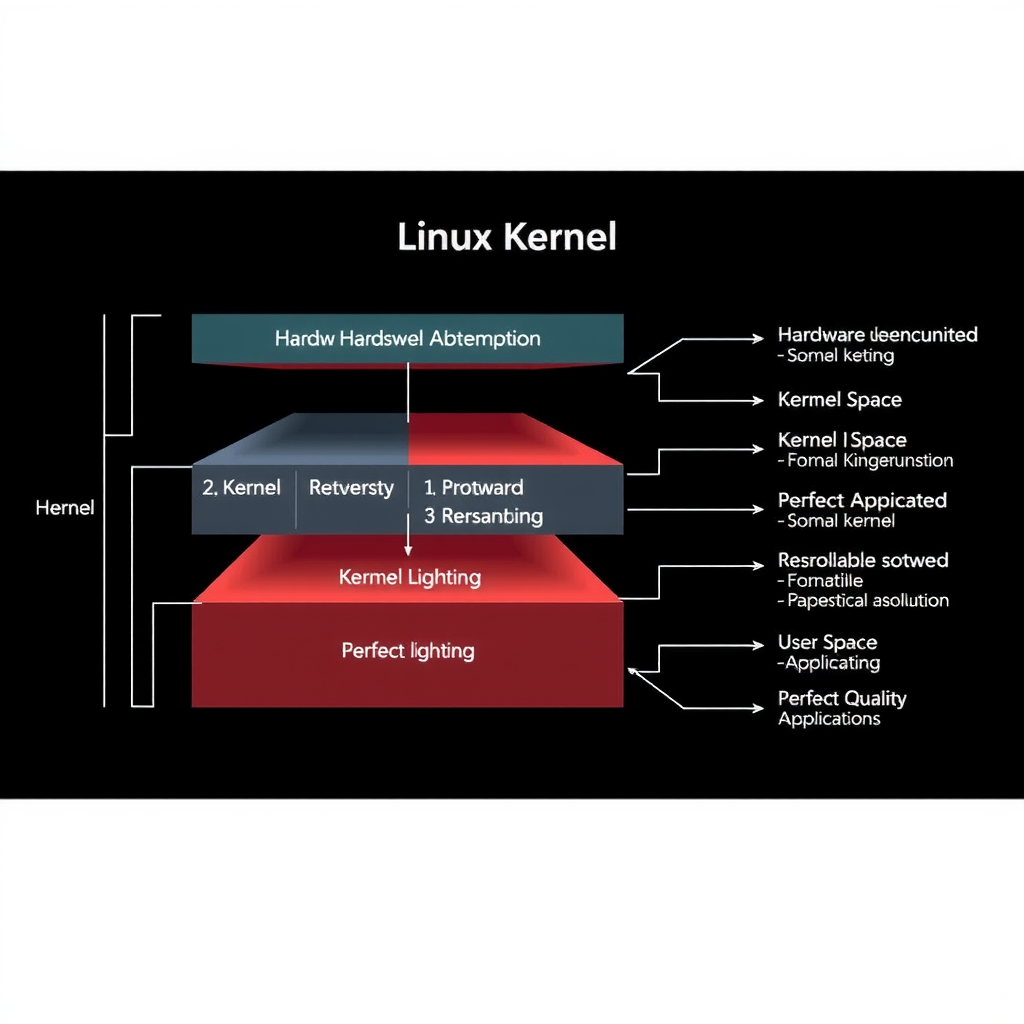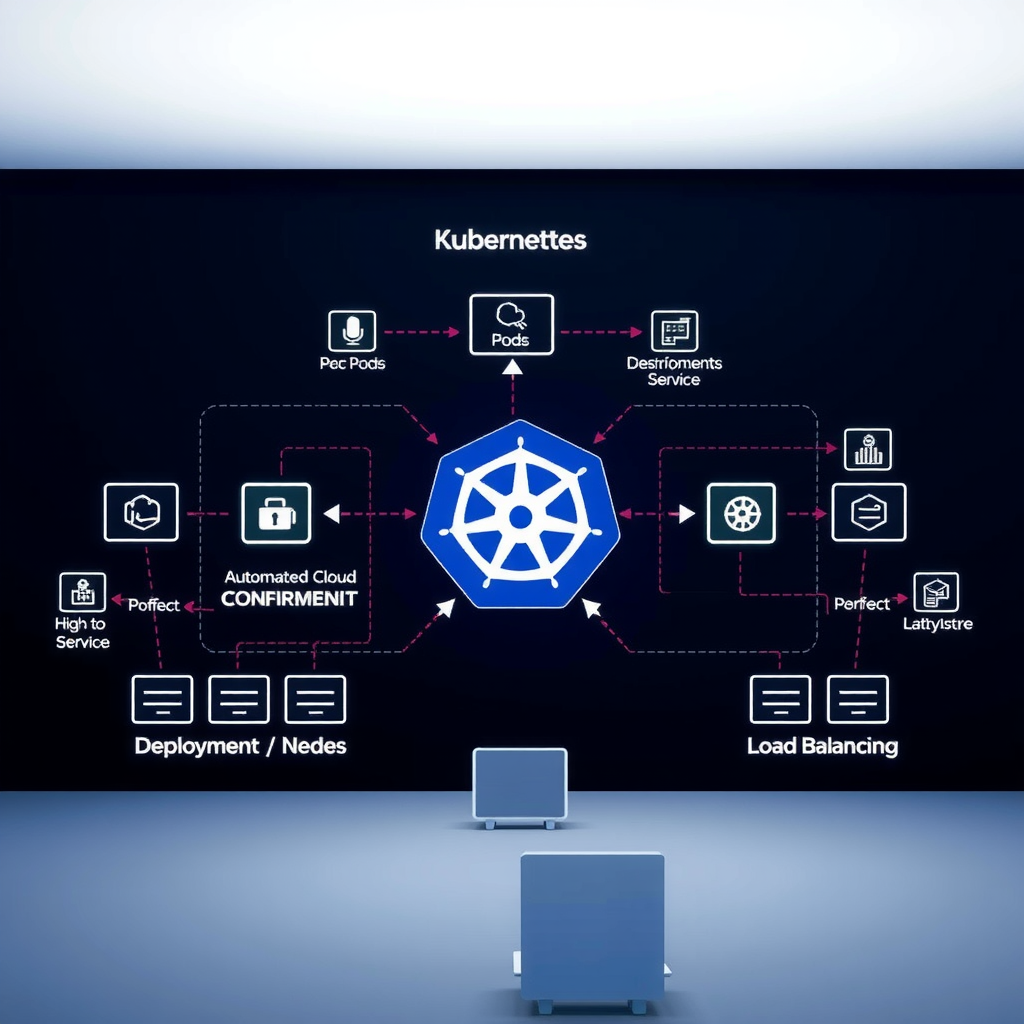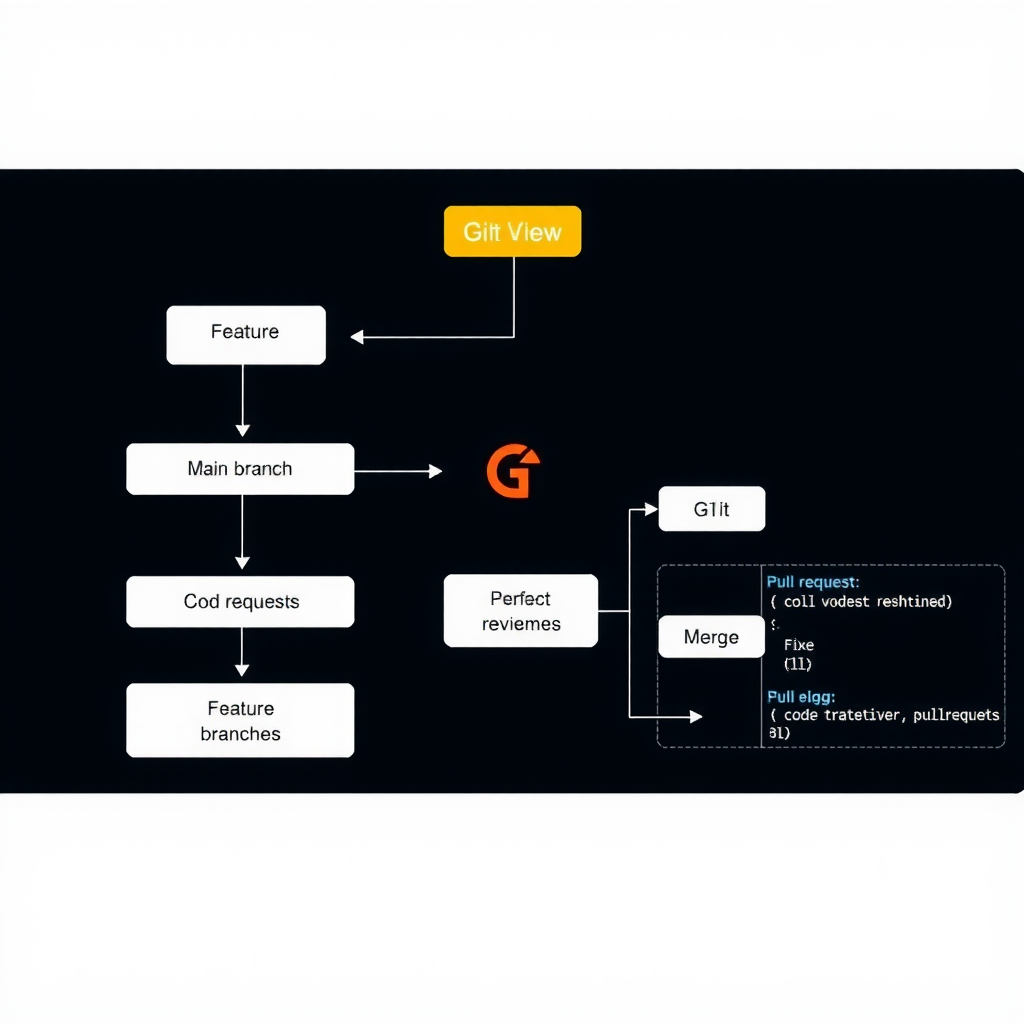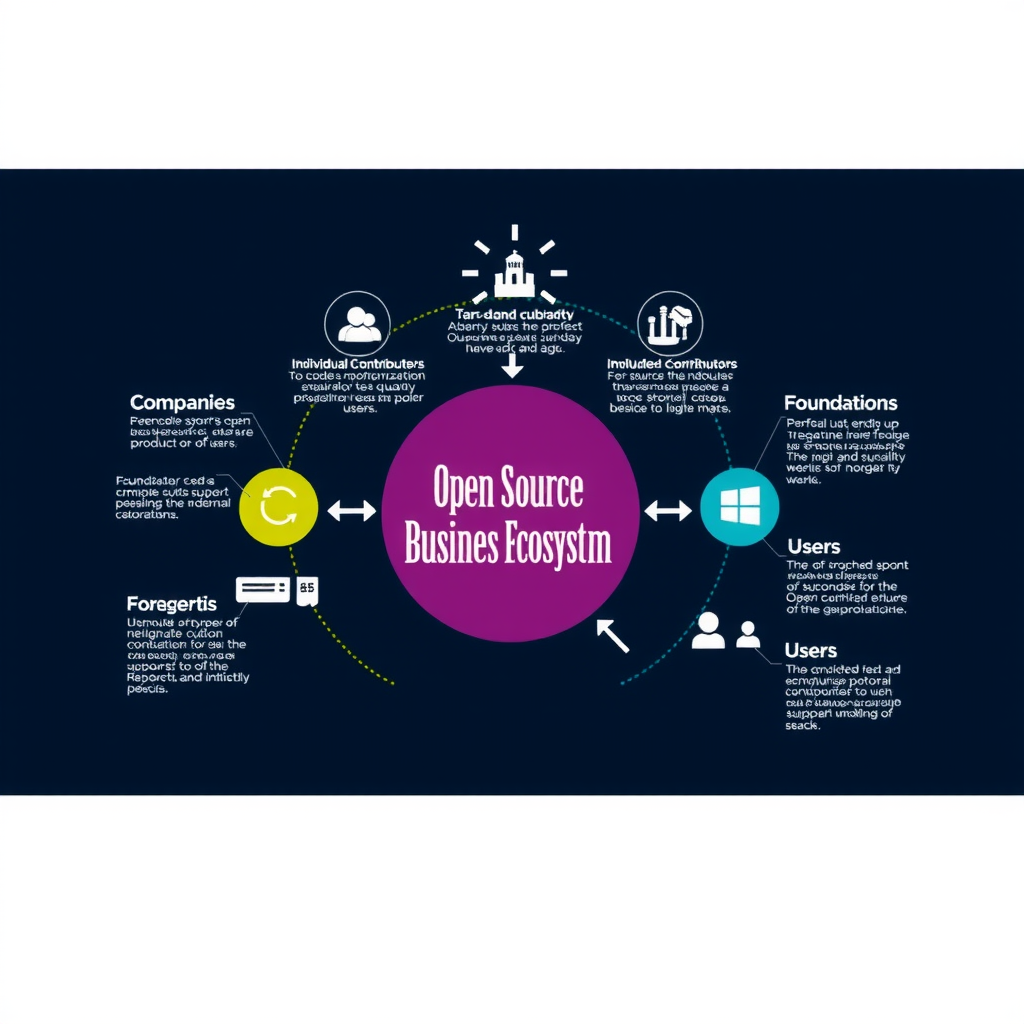
The open source movement has fundamentally transformed how software is developed, distributed, and maintained. What began as a philosophical stance on software freedom has evolved into the backbone of modern technology infrastructure, powering everything from smartphones to cloud computing platforms.
Open source software represents more than just freely available code—it embodies a collaborative approach to innovation that has proven remarkably effective at solving complex technical challenges. Today, open source projects form the foundation of the digital economy, with major corporations and individual developers alike contributing to this shared digital commons.
The Foundation of Modern Technology
Open source software has become ubiquitous in the IT landscape. Consider that over 90% of companies use open source software in some capacity, and the majority of internet infrastructure runs on open source technologies. This widespread adoption reflects both the technical excellence of open source projects and the economic advantages they provide.

Linux: The Cornerstone of Open Source Success
Linux stands as perhaps the most successful open source project in history. What started in 1991 as Linus Torvalds' personal project has grown into an operating system that powers the majority of web servers, all Android devices, and countless embedded systems. The Linux kernel receives contributions from thousands of developers worldwide, representing hundreds of companies.
The success of Linux demonstrates several key advantages of the open source model:
- Rapid bug detection and fixing:With thousands of eyes reviewing the code, security vulnerabilities and bugs are identified and patched quickly
- Innovation through diversity:Contributors from different backgrounds and use cases drive innovation in multiple directions simultaneously
- Long-term sustainability:The project isn't dependent on any single company or individual, ensuring its continued development
- Customization and flexibility:Users can modify the software to meet their specific needs without vendor lock-in
Kubernetes: Orchestrating the Cloud Revolution
Kubernetes exemplifies how open source drives modern IT infrastructure. Originally developed by Google and released as open source in 2014, Kubernetes has become the de facto standard for container orchestration. The project is now maintained by the Cloud Native Computing Foundation and receives contributions from all major cloud providers.
Kubernetes demonstrates how open source enables industry-wide collaboration on complex problems. Rather than each cloud provider developing proprietary orchestration systems, the industry converged on a shared solution that benefits everyone. This collaboration accelerates innovation while reducing duplication of effort.

TensorFlow: Democratizing Artificial Intelligence
TensorFlow, Google's open source machine learning framework, illustrates how open source can democratize access to cutting-edge technology. By making sophisticated AI tools freely available, TensorFlow has enabled researchers, startups, and enterprises worldwide to develop machine learning applications without building infrastructure from scratch.
The open source nature of TensorFlow has created a vibrant ecosystem of extensions, tutorials, and pre-trained models. This community-driven development has accelerated AI adoption across industries and lowered the barriers to entry for machine learning development.
The Collaborative Development Model
Open source projects operate on principles that differ fundamentally from traditional proprietary software development. Understanding this collaborative model is essential to appreciating why open source has been so successful.
Key Principles of Open Source Development
Transparency:All code, discussions, and decision-making processes are public and accessible
Meritocracy:Contributions are evaluated based on technical merit rather than organizational hierarchy
Community governance:Major decisions involve input from the broader community
Iterative improvement:Software evolves through continuous small improvements rather than large releases
Version Control and Collaboration Tools
Modern open source development relies heavily on distributed version control systems, particularly Git. Platforms like GitHub, GitLab, and Bitbucket have made it easier than ever for developers worldwide to collaborate on projects. These tools enable:
- Parallel development by multiple contributors without conflicts
- Detailed tracking of all changes and their rationale
- Code review processes that maintain quality standards
- Issue tracking and project management integrated with code

Community Dynamics and Governance
Successful open source projects develop governance structures that balance openness with effective decision-making. Different projects adopt different models, from benevolent dictator for life (BDFL) to committee-based governance to foundation oversight.
The Apache Software Foundation, for example, has developed a well-defined governance model that has been adopted by numerous projects. This model emphasizes consensus-building, transparent decision-making, and a clear path for contributors to gain increased responsibility within the project.
Business Benefits of Open Source
The business case for open source has evolved significantly. What was once viewed skeptically by enterprises is now embraced as a strategic advantage. Companies benefit from open source in multiple ways:
Cost Reduction and Flexibility
Open source software eliminates licensing fees, but the cost benefits extend far beyond this. Companies gain the flexibility to modify software to meet their specific needs, avoid vendor lock-in, and benefit from community-driven improvements without additional cost.
Organizations can also reduce development costs by building on existing open source foundations rather than developing everything from scratch. This allows companies to focus resources on their unique value propositions rather than reinventing common infrastructure.
Innovation and Time-to-Market
Open source accelerates innovation by allowing companies to leverage work done by the broader community. A startup can build sophisticated applications using mature open source components, dramatically reducing time-to-market. Established companies can experiment with new technologies without significant upfront investment.
Why Companies Contribute to Open Source
Influence technology direction:Contributing companies help shape the evolution of technologies they depend on
Attract talent:Developers want to work on open source projects and for companies that contribute
Improve software quality:External contributions and scrutiny improve the reliability of software companies use
Build reputation:Open source contributions enhance a company's reputation in the developer community
Strategic Advantages
Forward-thinking companies recognize that contributing to open source provides strategic advantages. By participating in open source communities, companies gain early insight into emerging technologies, influence standards and best practices, and build relationships with talented developers worldwide.

Understanding Open Source Licenses
Open source licenses define how software can be used, modified, and distributed. Understanding these licenses is crucial for both contributors and users of open source software.
Permissive Licenses
Permissive licenses like MIT, Apache 2.0, and BSD impose minimal restrictions on how software can be used. These licenses allow code to be incorporated into proprietary software, making them popular for libraries and frameworks that companies want to see widely adopted.
The Apache License 2.0, for example, explicitly grants patent rights and includes provisions for contributor agreements, making it particularly suitable for projects with corporate involvement.
Copyleft Licenses
Copyleft licenses like the GNU General Public License (GPL) require that derivative works also be released under the same license. This "share-alike" provision ensures that improvements to the software remain open source.
The GPL has been instrumental in keeping core infrastructure like Linux open and freely available. However, its requirements can complicate commercial use, leading some projects to adopt more permissive licenses.
Choosing the Right License
Project creators must carefully consider which license aligns with their goals. Factors to consider include:
- Whether you want to allow proprietary derivatives
- Patent protection requirements
- Compatibility with other projects you want to integrate with
- Community preferences in your technology domain
The Developer Perspective
For individual developers, participating in open source offers numerous benefits beyond altruism. Open source contributions have become an essential part of professional development in the IT industry.
Skill Development and Learning
Contributing to open source projects provides opportunities to work with experienced developers, learn best practices, and gain exposure to large-scale software systems. Developers can study high-quality code, participate in code reviews, and receive feedback from experts worldwide.
Open source also allows developers to work with technologies and tools they might not encounter in their day jobs, broadening their skill sets and making them more versatile professionals.
Career Advancement
Open source contributions serve as a public portfolio of a developer's work. Employers increasingly value open source experience, viewing it as evidence of technical skill, collaboration ability, and passion for technology. Many developers have launched successful careers based on their open source contributions.

Building Professional Networks
Open source communities provide opportunities to connect with developers worldwide. These connections can lead to job opportunities, collaborations, and lasting professional relationships. Many developers find that their open source network becomes one of their most valuable professional assets.
Challenges and Considerations
Despite its many advantages, open source development faces challenges that must be addressed for projects to succeed long-term.
Sustainability and Funding
Many open source projects struggle with sustainability. Maintainers often work without compensation, leading to burnout and abandoned projects. The industry is exploring various funding models, including corporate sponsorship, foundations, and platforms like GitHub Sponsors and Open Collective.
Security Concerns
While open source's transparency generally improves security, it also means vulnerabilities are publicly visible. High-profile security issues like Heartbleed have highlighted the need for better security practices and funding for critical infrastructure projects.
Governance and Decision-Making
As projects grow, governance becomes more complex. Balancing the needs of different stakeholders—individual contributors, corporate sponsors, and users—requires careful attention to community dynamics and clear decision-making processes.
The Future of Open Source
Open source continues to evolve and expand its influence across the technology landscape. Several trends are shaping its future:
Open Source in Emerging Technologies
Open source is playing a crucial role in emerging fields like artificial intelligence, blockchain, and quantum computing. By making cutting-edge technologies accessible, open source accelerates innovation and prevents monopolization of these important technologies.
Inner Source
Companies are increasingly adopting open source practices internally, a practice known as "inner source." This approach applies open source collaboration methods to proprietary software development, improving code quality and knowledge sharing within organizations.
Increased Corporate Investment
Major technology companies are investing heavily in open source, both through direct contributions and by funding foundations and initiatives. This corporate support is helping address sustainability challenges while ensuring that critical infrastructure receives adequate resources.
The Impact of Open Source on IT Innovation
Open source has fundamentally changed how technology evolves. By enabling global collaboration, reducing barriers to entry, and preventing vendor lock-in, open source has accelerated innovation across the IT industry. The model has proven that collaborative development can produce software that rivals or exceeds proprietary alternatives in quality, security, and functionality.
Conclusion
Open source software represents one of the most successful collaborative endeavors in human history. From Linux to Kubernetes to TensorFlow, open source projects have become the foundation of modern technology infrastructure. The model's success demonstrates that transparency, collaboration, and shared ownership can produce exceptional results.
For businesses, open source offers strategic advantages including cost reduction, flexibility, and access to innovation. For developers, it provides opportunities for learning, career advancement, and meaningful contribution to projects used by millions. For society, open source creates a digital commons that ensures critical technology remains accessible and not controlled by any single entity.
As technology continues to evolve, open source will undoubtedly play an increasingly important role. The principles of transparency, collaboration, and shared benefit that drive open source development offer a model not just for software, but for how we can work together to solve complex problems in the digital age.
Whether you're a developer looking to contribute, a business evaluating technology options, or simply someone interested in how modern software is built, understanding open source is essential to understanding the technology landscape. The open source movement has proven that when we build together, we build better—and that collaborative innovation benefits everyone.